Clinical Workforce Management Technology
- Enter the username and password from the pull token in the respective fields.
- The reverse proxy terminates the internal HTTPS connection on each vlan (10, 20, etc.) and passes the request on to the VM/TrueNAS running Docker on the same vlan to port 9081.
- Vertices and edges are separated by a slash, and ifthe data set consists of multiple networks, then they are separatedby spaces.
- All the upstream repositories supported by Cloudsmith are listed here.
- Check the Authentication box and use the “Username” Authentication type.
Clinical workforce management technology plays a vital role in enhancing the efficiency, coordination, and quality of healthcare delivery. By integrating advanced tools and systems, healthcare organizations can streamline staffing processes, improve scheduling accuracy, and ensure optimal resource allocation. A key platform that facilitates these advancements is nexus url, which offers innovative solutions specifically tailored for the complexities of clinical workforce management. Leveraging such technology not only promotes better patient outcomes but also supports workforce satisfaction and operational sustainability.
Export from Nexus Sonatype
Clinical Workforce Management Technology is revolutionizing how healthcare organizations optimize their staffing and operational efficiency. This advanced technology provides real-time scheduling, resource allocation, and analytics to ensure that the right staff members are available at the right time, enhancing patient care and reducing operational costs. Leveraging innovative tools like Nexus, a trusted platform in this space, organizations can streamline their workforce management processes effectively. For more detailed information, you can explore the Nexus URL, which offers comprehensive resources and solutions tailored for healthcare providers. Utilizing such platforms enables seamless integration of workforce data, improved communication, and better compliance with regulatory standards, ultimately leading to improved healthcare delivery.
How to Set Up Pull Through from Chainguard’s Registry to Nexus Chainguard Academy
Effective clinical workforce management technology is essential for streamlining healthcare operations and ensuring optimal staff deployment. Setting up a pull-through process from Chainguard’s registry to Nexus and subsequently to Chainguard Academy allows organizations to efficiently manage software updates, security patches, and deployment workflows. This process ensures that the latest tools and resources are readily accessible to healthcare teams, enhancing overall productivity and security.
To establish this pull-through setup, begin by configuring your Chainguard registry to automatically sync with Nexus, a central repository that serves as a bridge for managing container images and software artifacts. Establishing secure connections between the registry and Nexus involves setting proper access controls and API integrations. Once synchronization is in place, you can configure Nexus to push necessary packages and updates directly to Chainguard Academy, enabling seamless access for healthcare professionals and developers.
Monitoring and maintaining the pull-through process is crucial for ongoing efficiency. Regularly verify the synchronization logs and access permissions to prevent bottlenecks or security issues. Incorporate automation scripts where possible to facilitate continuous updates and reduce manual intervention. For detailed steps and best practices on configuring these integrations, visit the Nexus URL and review relevant technical documentation.
By setting up a reliable pull-through process from Chainguard’s registry to Nexus and Chainguard Academy, healthcare organizations can significantly improve their software deployment workflows, ensuring that all team members have timely access to the latest tools and security features. This setup not only enhances operational efficiency but also supports compliance and security standards crucial to clinical environments.
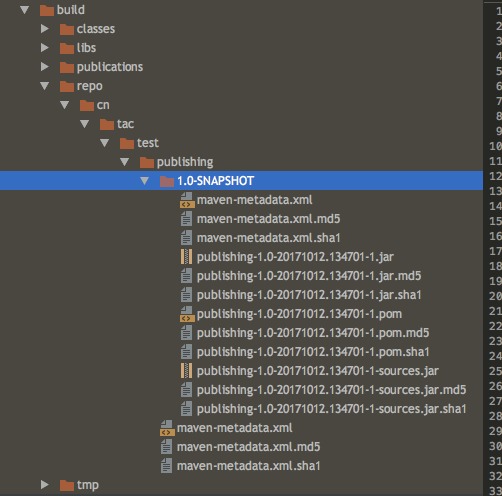
Users, Roles And Privileges¶
Effective management of the clinical workforce is essential for delivering high-quality healthcare services, and leveraging advanced technology plays a crucial role in achieving this goal. Clinical Workforce Management Technology encompasses a range of software solutions designed to optimize scheduling, staffing, compliance, and communication among healthcare professionals. A key feature of these systems is the integration with a nexus URL, which enhances data accessibility and streamlines workflow processes across healthcare institutions.
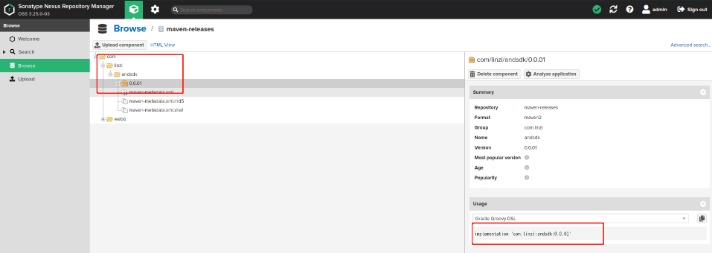
Users of clinical workforce management systems typically include administrators, department managers, physicians, nurses, and support staff. Each user type is assigned specific roles and privileges tailored to their responsibilities. For example, administrators may have full access to all data and management functions, while clinicians might be granted permissions related only to their schedules and patient assignments. Proper role-based access control ensures that sensitive information remains secure while allowing users to perform their necessary tasks efficiently.
The roles and privileges within such systems are designed to support compliance with healthcare regulations while maintaining operational flexibility. Role definitions often include capabilities such as editing schedules, approving shift swaps, accessing personnel records, and generating reports. By establishing clear privileges, organizations can prevent unauthorized actions and enhance accountability among users. Integration with a nexus URL facilitates real-time updates and secure data sharing, further improving workforce coordination.
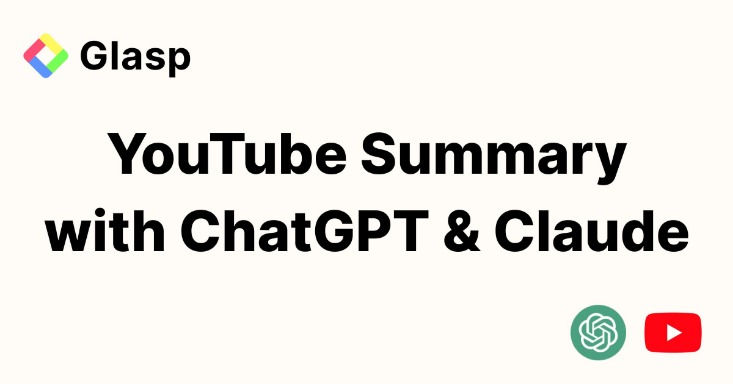
In summary, clinical workforce management technology combined with thoughtfully assigned user roles and privileges—especially when integrated with tools like a nexus URL—can significantly improve planning, communication, and overall efficiency in healthcare settings. This approach ensures that the right staff are available at the right times, ultimately contributing to better patient outcomes and operational excellence.
Nexus cannot handle space in helm chart URL Issue #401 sonatype nexus-public
Encountering issues with Nexus URLs that contain spaces in Helm charts can be challenging for developers managing container images and repositories. When attempting to deploy or configure Nexus with URLs including spaces, users often face errors that hinder seamless integration and automation. These space-related complications typically arise because URLs are expected to follow standard encoding practices, and unencoded spaces can lead to malfunctioning links. To address this, it is crucial to understand how Nexus handles URL encoding and ensure that any URLs used within Helm charts are properly formatted. For further insights and best practices, consulting resources related to Nexus URL management can be beneficial in resolving such issues efficiently.
Nexus connector settings reference
Handling URLs with spaces in Nexus repository configurations can present challenges, especially when integrating with Helm charts. When configuring a Nexus repository, such as the nexus-url, it’s essential to ensure that spaces within the URL are properly encoded to prevent issues during repository access or chart deployment. Spaces in URLs are not valid characters and must be replaced with %20 or other appropriate encoding to ensure smooth communication between your Helm charts and the Nexus repository.
In the case of Nexus connector settings, referencing a nexus-url with spaces can cause connection failures or unexpected errors. It is recommended to review and update the URL to eliminate spaces or encode them correctly. Proper encoding ensures that the URL is interpreted correctly by the system and that Helm charts can be fetched and deployed without interruption. Always double-check your nexus-url entries within the Helms chart configurations or connector settings to avoid encountering issues related to invalid URL formats.
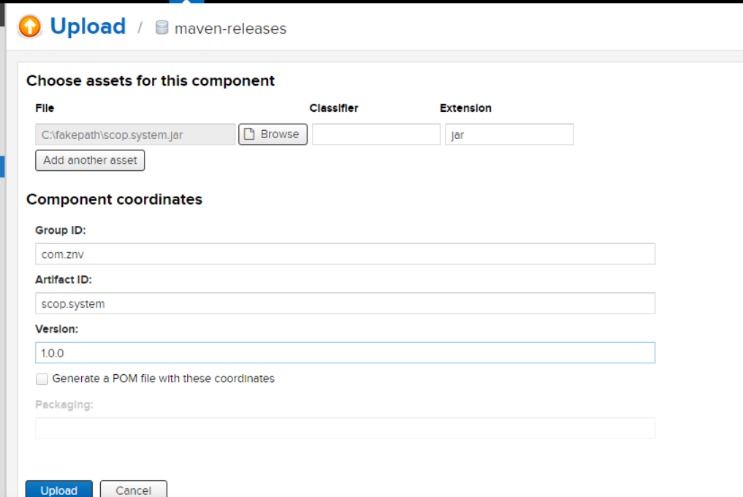
Why is Gradle still trying to download form 3rd party repo in spite of Nexus repo setup? Help Gradle Forums
When configuring a Nexus repository with Helm charts or other package managers, one common issue is handling spaces within the repository URL. This can cause failures when tools like Gradle attempt to access the repository, as URLs with spaces are not valid URL formats and often lead to connection errors or ignored repositories. Proper URL formatting is essential to ensure seamless integration and retrieval of dependencies, especially when the Nexus server’s URL contains spaces or special characters.
One typical scenario occurs with issues related to Nexus, such as Issue #401 involving the Nexus cannot handle space in helm chart URL. This problem often manifests when the URL used to access the Nexus repo includes spaces, disrupting Gradle’s ability to download dependencies from the third-party repository. To resolve this, it is important to understand how Nexus handles URL encoding and how tools like Gradle interpret the repository URL.
In many cases, Gradle continues trying to download from third-party repositories despite the setup of a Nexus repository due to incorrect URL configuration, especially with unencoded spaces. The following steps can help address this issue:
- Verify the Nexus repository URL to ensure that any spaces are properly URL-encoded as %20. For instance, a URL like http://nexus.example.com/repository/helm charts should be changed to http://nexus.example.com/repository/helm%20charts.
- Update the Gradle build configuration to reference the correctly encoded URL. This ensures that Gradle can successfully establish a connection with Nexus and download the required artifacts.
- Check the Nexus repository settings to confirm that it correctly handles URL encoding and that the repository URL is configured without spaces or with proper encoding.
- Clear Gradle’s cache and refresh dependencies to confirm that updated configurations are recognized and the downloads are redirected as intended.
- Use Nexus logs to monitor incoming requests and verify whether the URL encoding issue is causing repeated attempts by Gradle to fetch from the third-party URL.
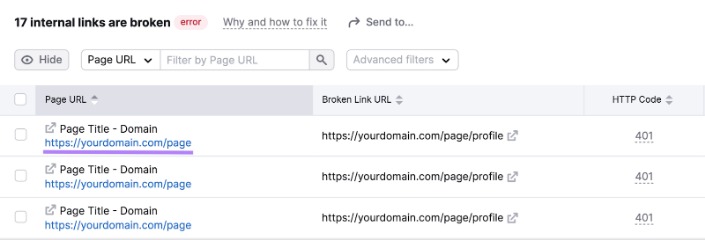
This process highlights why it is crucial to avoid spaces in URLs or to always encode them properly when working with repositories like Nexus. Ensuring the URL format adheres to standards prevents connection issues and streamlines dependency management. Remember, the Nexus URL should be correctly formatted without spaces or with URL-safe encoding to work smoothly with build tools such as Gradle.
By following these guidelines, developers can resolve issues like the one in **Nexus cannot handle space in helm chart URL** and ensure that Gradle correctly interacts with their configured Nexus repository, avoiding unnecessary download attempts from third-party repositories.
Self-hosted Temporal Nexus Temporal Platform Documentation
When configuring a Nexus repository, particularly the nexus url, users sometimes encounter issues related to spaces in Helm chart URLs. This problem can prevent proper access and retrieval of Helm charts, impacting deployment workflows. Spaces in URLs are not universally supported and can lead to errors because many systems do not handle unencoded spaces correctly. For example, a nexus url containing a space may cause connection failures or unexpected behavior when attempting to fetch Helm charts from the repository.
To resolve this issue, it is essential to ensure that all URL components are properly encoded. Spaces should be replaced with %20, the standard URL encoding for spaces, to maintain compatibility across different systems. When configuring the Helm repository in Nexus, double-check the URL for any unencoded spaces and substitute them accordingly. Proper URL encoding allows Nexus to handle the Helm chart URLs smoothly and prevents issues related to URL parsing errors.
If encountering persistent issues, reviewing the Nexus and platform logs can help identify if the nexus url is being misinterpreted due to encoding problems. Additionally, consulting Nexus documentation or community forums can provide guidance on best practices for URL configuration and encoding. Avoiding spaces in the URL altogether or ensuring proper encoding is key to maintaining a reliable connection to your Helm charts in a Nexus environment.


